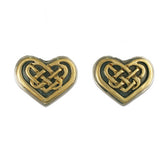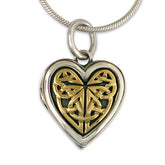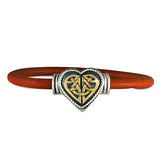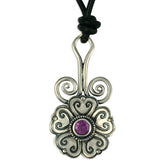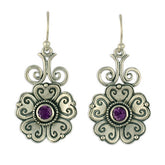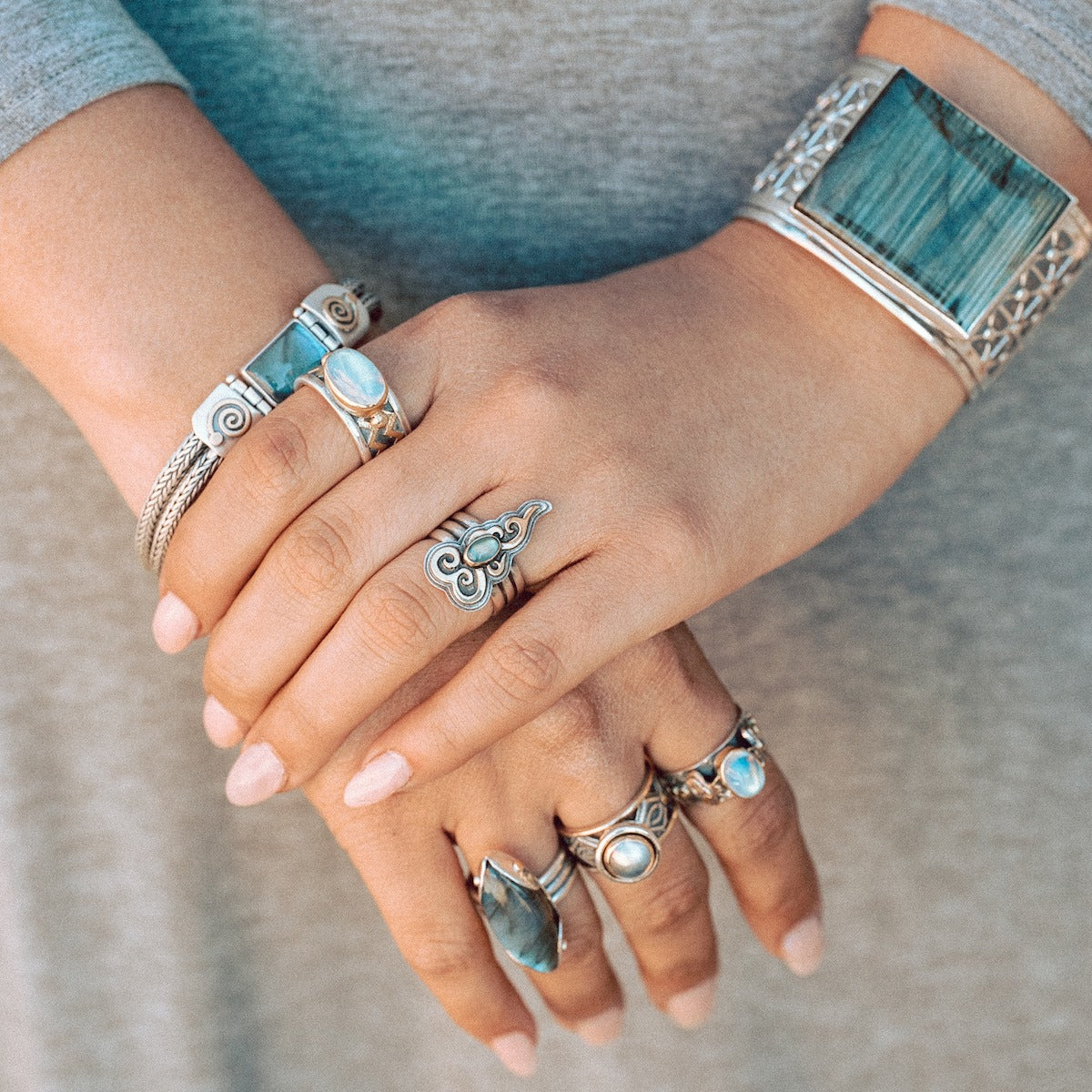The Oathing Stone: An Ancient Celtic Wedding Tradition
One of the origins of the wedding vow in Celtic tradition is the oathing the stone. This ancient ceremony is rooted deeply in the Celtic tribal traditions. To understand why it was so important, you have to know a little bit about the Celtic world view.
Celtic tribal people were, like many tribal folk in those times and even today, intimately tied to spirit of place. Important vows were given at very specific and sacred places. In fact many of the old tribal names are descriptive of a particular place or natural feature such as a lake, river, valley or mountain. Spirits were associated with each of these places, often tied directly to the tribe. In many cases, these spirits were regarded as ancestral spirits of the forebears of the Celts living there now. Having connection and blessing from the ancestors and the land was a critical ingredient to any important new venture—particularly, marriage.
Thus, the oathing stone tradition goes far, far back into the Celtic spirit. A physical object, such as a stone or piece of wood, was used to help transfer the wedding oaths to the spirit energies present in a sacred location. It served as a kind of mediator or bridge between the couple, ancestors and the immediate sacred place. A couple wedding, with the oathing stone, was witness by the people and the chief, as well as the ancestors, tied to the land. This intimacy with the environment was critical for futuresurvival.
For a couple, the oathing stone helped root their future into the wisdom of the past at the start of their new life. At the end of the ceremony, the oathing stone often went on its own journey. A stone could be tossed into a lake by both the bride and groom. Perhaps it would be thrown over a cliff into the sea far below. Sometimes the oathing stone was laid reverentially upon a cairn of similar vows in a glade, niche or hollow.
As Celts became Christianized, such traditions, while allowed in the early Church were disparaged. Such a practice was considered contrary to monotheism and trinity. Indeed, the Bible prohibits such idolatry and pagan worship. Yet with the Celts (and many other tribal folk, really) old ways die hard. The substance of the ritual is lost and what remains is merely a shadow.
What became a serious obligation of honoring one's lineage and ancestry, slowly changed to a quaint and novel custom. With the emergence of the New Age type of perspective, such traditions have been slowly coming back into favor. In our contemporary Celtic culture, we are extremely mobile. Ancestors and spirits are as commonly acknowledge as they were in the past.
The meaning of the oathing stone have subtly changed to be declared an honoring of the spirit of place, or a charm for luck and prosperity. In ancient times, it would be extremely bad form to neglect one's ancestors on such a propitious day as a day of wedding. The Oathing Stone was but one way of honoring them. In the more modern version of this ritual, the minister or priest will be presented the stone by a member of the wedding party: the Best Man, The Chief Maiden, or a parent of the Bride or Groom. The officiant will hold the stone and invite the groom to lay his hands onto the stone, and therewith give consent to in the presence of all of his ancestors both living and dead to bear witness to the words of power that he will speak. The words of his personal commitment to the woman he loves by the vows he brings forward.
The same invitation is made to the Bride. Once both are holding the stone, they each recite their vows to one another. Once complete, the stone is placed in a place of honor for the remainder of the ceremony. After the ceremony is complete, the newly married company release the stone back to the elements by whatever means is felt as being the most appropriate. Some people may toss it into the sea or the lake or river. Others may lay it upon a mountain or a man made cairn. Still others may wish to keep the stone and add it to the garden of the new home they make together or in a prominent location within their home.

